
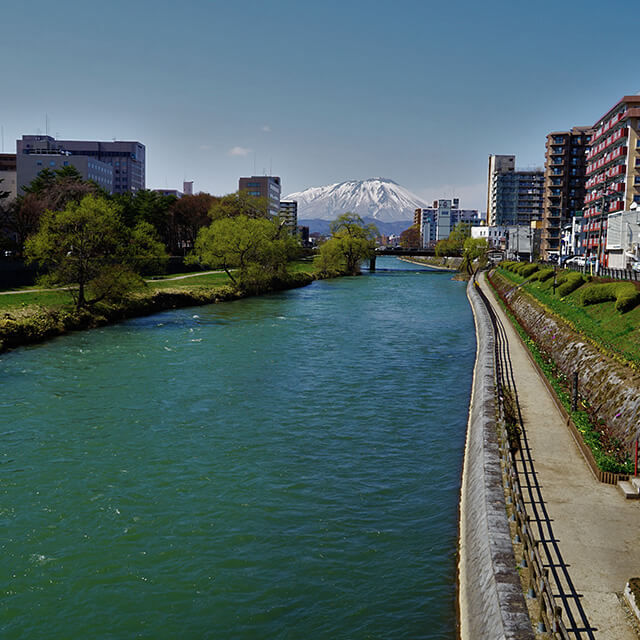
Enjoy the beautiful scenery and food that varies with
the changing seasons in the historic castle town of Morioka.
Iwate is an area of dynamic natural beauty surrounded by mountains and the sea with historic sites steeped in history and culture, and Mt. Iwate,
said to resemble Japan’s most famous mountain, Mt. Fuji. One of the natural charms of Iwate is the beautiful scenery that changes with each coming season.
- Example :
- Heritage
- Park
- Eat/Drink
- Natural
- Shopping
- Entertainment
-
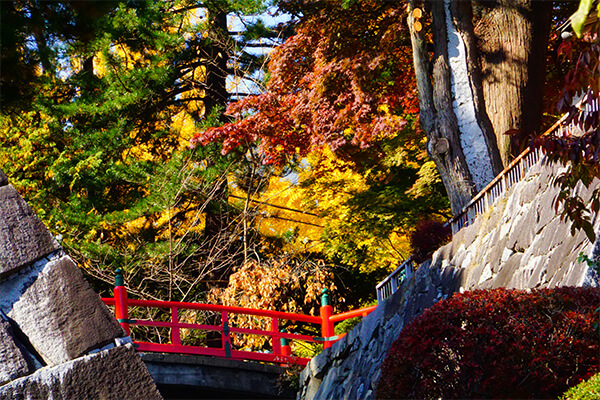
Park
Morioka Castle Site Park
Construction of Morioka Castle was said to have begun in 1597. Although the castle no longer stands today, the granite stone wall still remains. The castle is recognized as one of Japan’s top 100 castles.
-
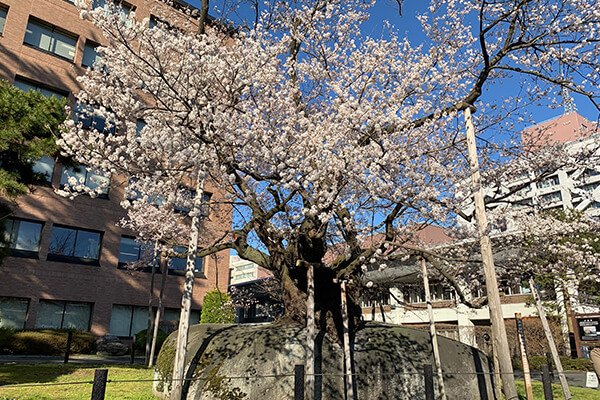
Natural
Ishiwari Zakura
(designated as a national monument)Located in the courtyard of the Morioka Courthouse, this cherry tree is known as one of the earliest cherry trees to come into bloom in the city, heralding the arrival of spring each year. This cherry tree, that has grown out of crack in a large granite boulder 21 meters in diameter and 1.7 meters high, is also designated a national natural monument. Estimated to be approximately 350 years old, it has been lovingly protected from fire and disease carrying insects by the local residents. It is believed that a cherry seed found its way into a crack resulting from a lightening strike on the large boulder located on the courthouse site and continued to grow.
-
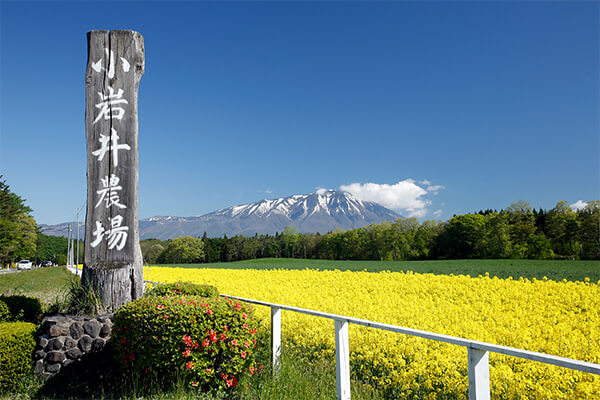
Entertainment
Koiwai Farm
Koiwai is a privately owned farm with a proud history spanning more than 100 years sprawling out around the base of Mt. Iwate. Visitors to the farm can enjoy a range of activities, including horse riding or a guided tour of the farm around a Scandinavian-esque pastoral area called the “Makiba-en”.
-
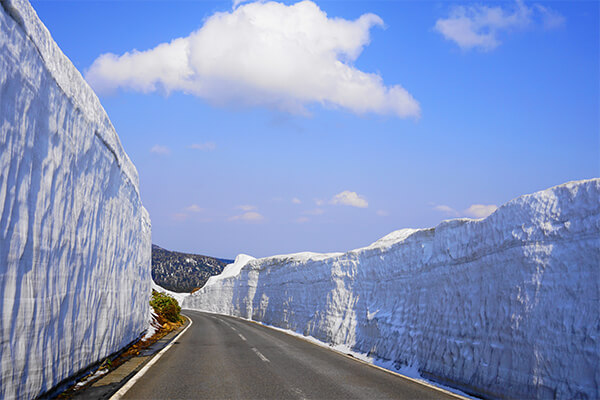
Natural
Hachimantai Aspite Line
“Aspite” is a German word for a volcano shaped like a shield and it is also the name of this 26.7 kilometer long scenic drive. The Hachimantai Aspite Line offers dynamic views of the mountains that spread across the Hachimantai area and scenes of untouched natural beauty. Near the Peak of Mt. Hachimantai, visitors are treated to 360 degree panoramic views, and the beautiful red, yellow and green colors of autumn while taking a stroll around the surrounding marshes.
-
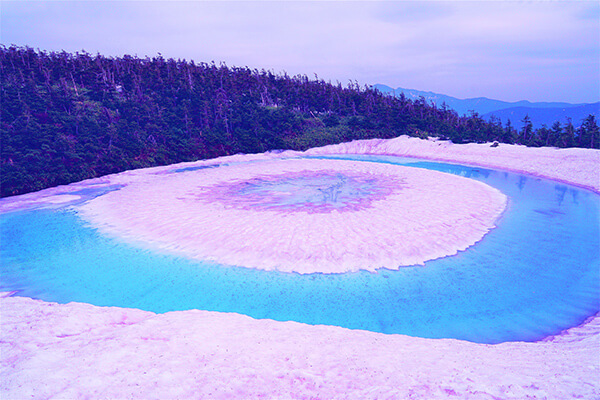
Natural
Dragon Eye Kagami Pond
Kagami Pond is situated near the summit of Mt. Hachimantai. One can reach this pond in about 20 minutes by hiking on the mountain trail after parking the vehicle at the rest house near the summit of the mountain. It is called the “Dragon Eye” because the melting of snow in spring looks like a dragon’s eye. It is popular as a scenic area and the season is from late May through early June.
-
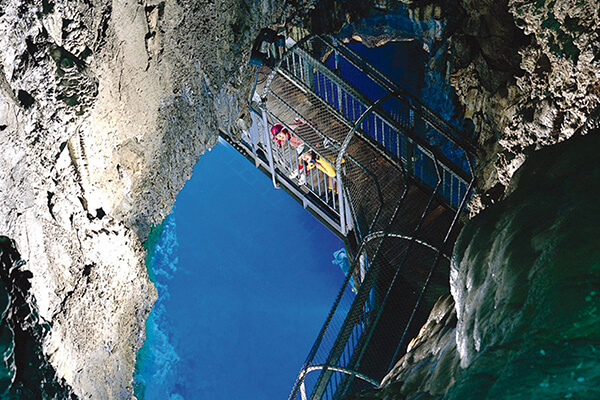
Entertainment
Ryusendo Cave
The Ryusendo Cave is one of the three great limestone caves in Japan and is also designated a national natural monument. Parts of the cave that have been explored stretch for more than 2,500 meters with its total length estimated to be more than 5,000 meters. 700 meters of the cave are open to the public, offering views of stunning natural formations, including countless stalactites and underground lakes. The third of these lakes with their beautiful emerald green water has a depth of 98 meters and the fourth (not open to the public) is the deepest underground lake in Japan at 120 meters and one of the most transparent lakes in the world.
-
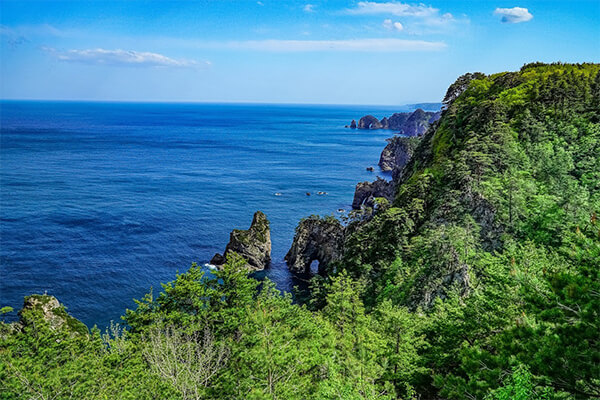
Natural
Kitayamazaki Cliffs
The Kitayamazaki Cliffs is a scenic spot where 200 meter high cliffs stretch across 8 kilometers of coastline. In June, visitors can see white rhododendron come into bloom (designated a natural monument of the prefecture), also a rare sight in Japan. There is also an observation deck at the tip of the cape, a rest house and a walking trail leading down to the water.
-
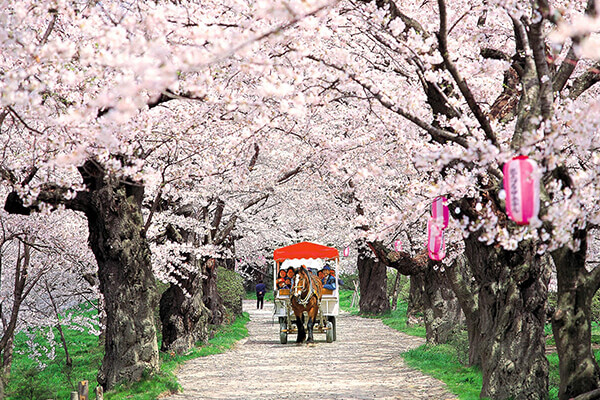
Park
Tenshochi
Starting at the foot of the Sangobashi Bridge, a promenade of cherry trees stretching 2 kilometer long selected as one of Japan’s top 100 cherry blossom viewing sites runs along the banks of the Kitakami River. The park is home to 10,000 cherry trees and 100,000 azaleas and is a popular place for the locals to escape.
-

Heritage
Chuson-ji Temple
Constructed over a period spanning 16 years by Fujiwara Kiyohira and completed in 1124, the Golden Hall represents a land of happiness based on the principles of Buddhism and is covered inside and out in golden leaf while the pillars and parts of the interior are decorated with gold, silver and jewels. The alter found in the inner sanctum of the hall holds the mummified remains of four generations of the Fujiwara family. The hall is also beautifully decorated with cloisonne columns and Buddhist statues.
